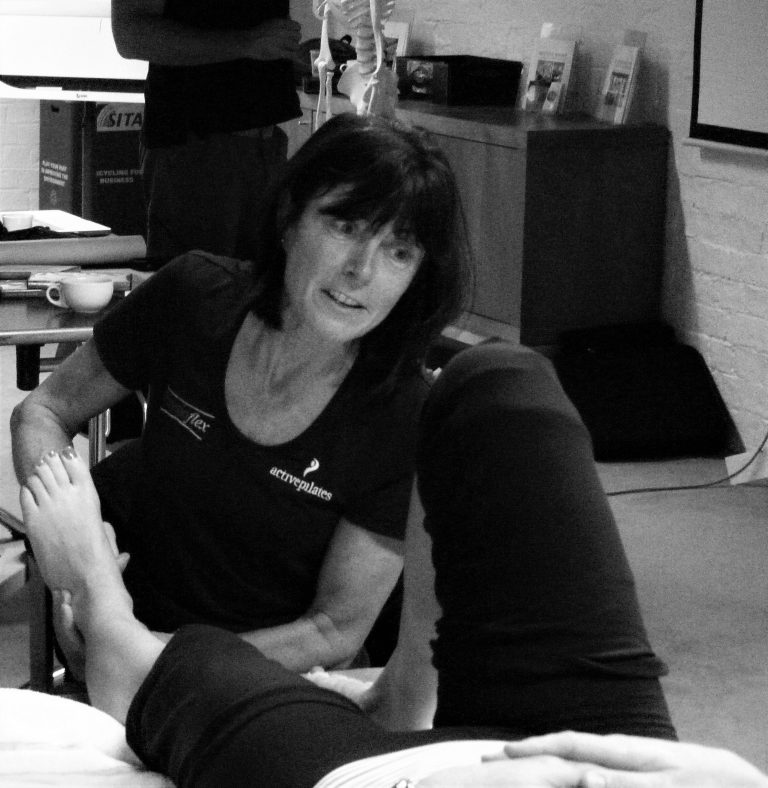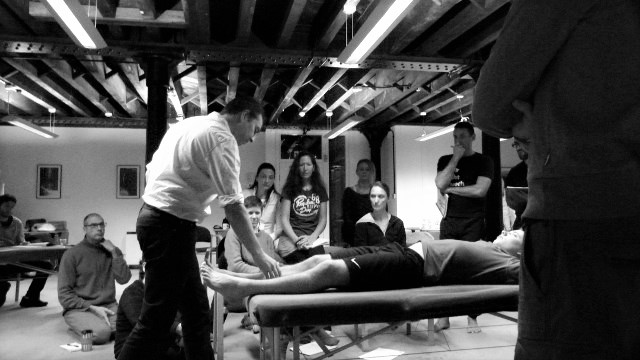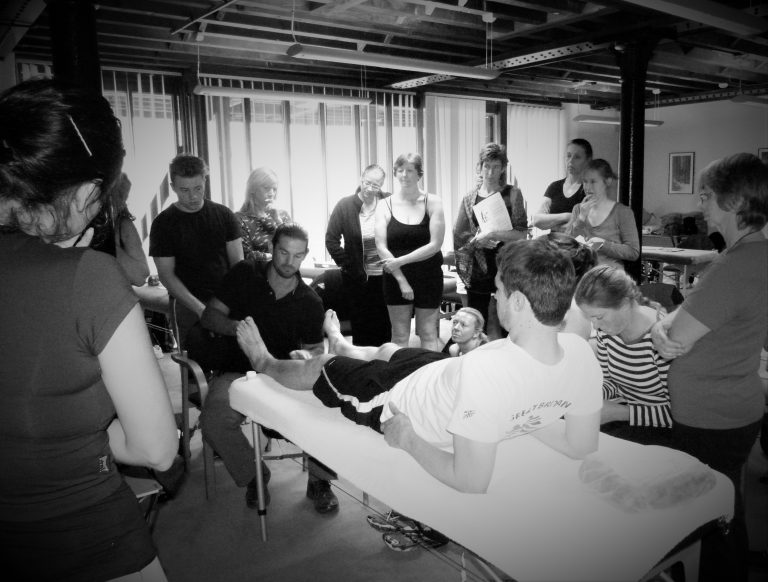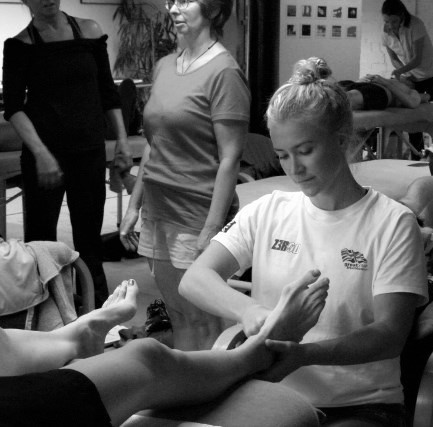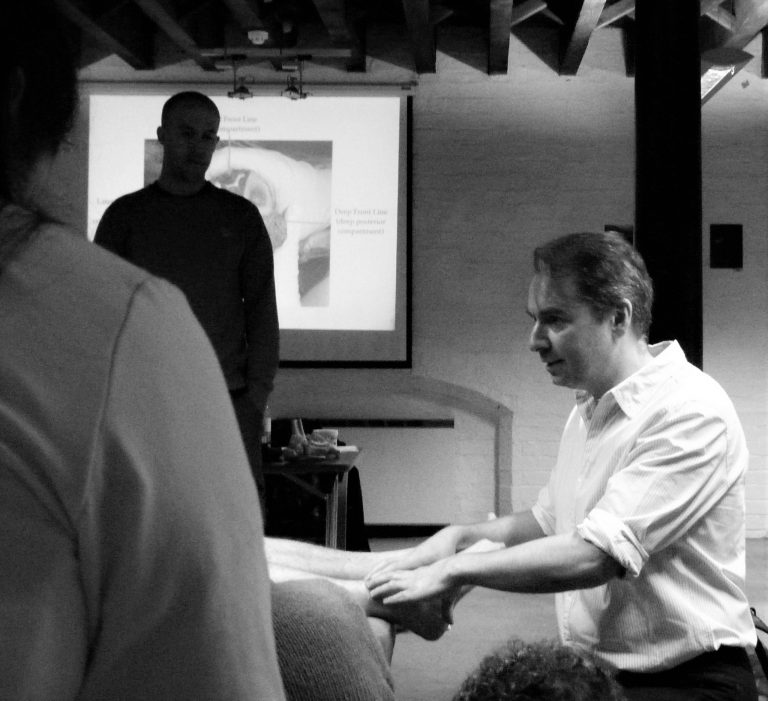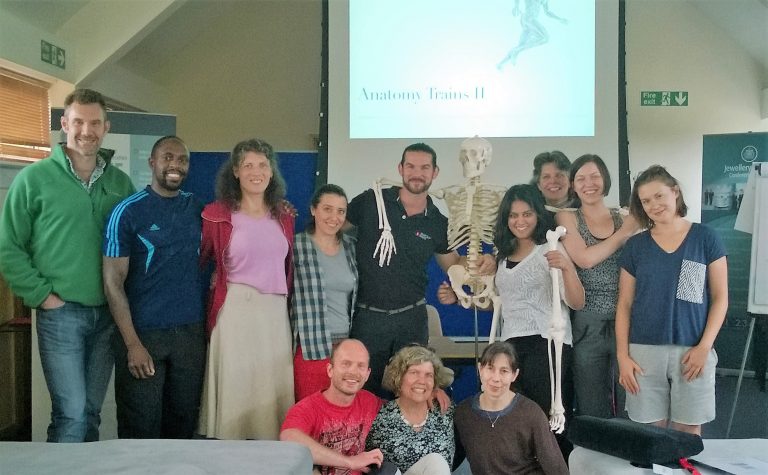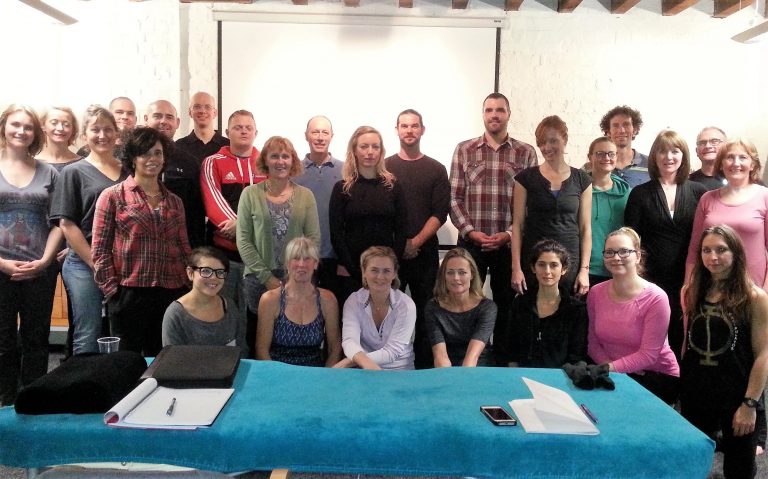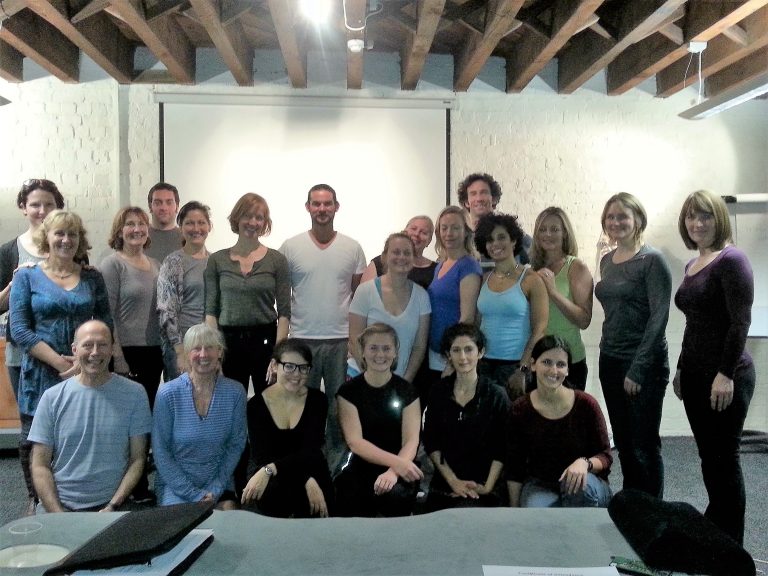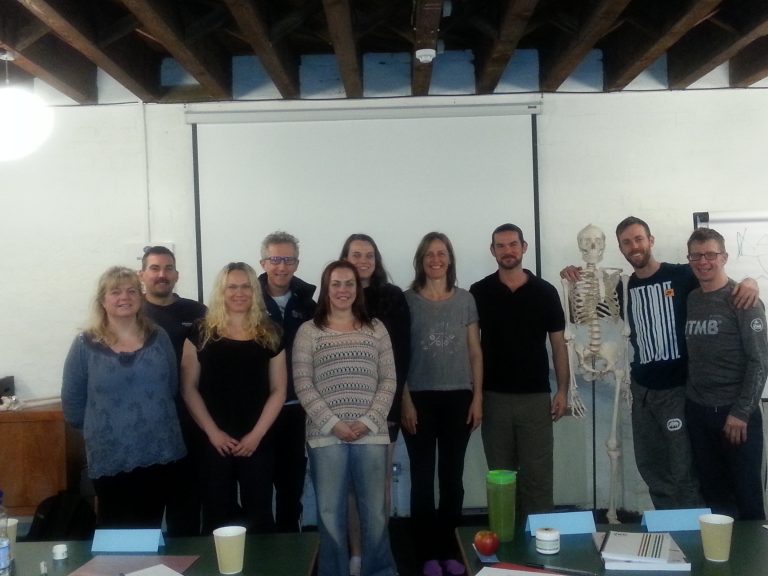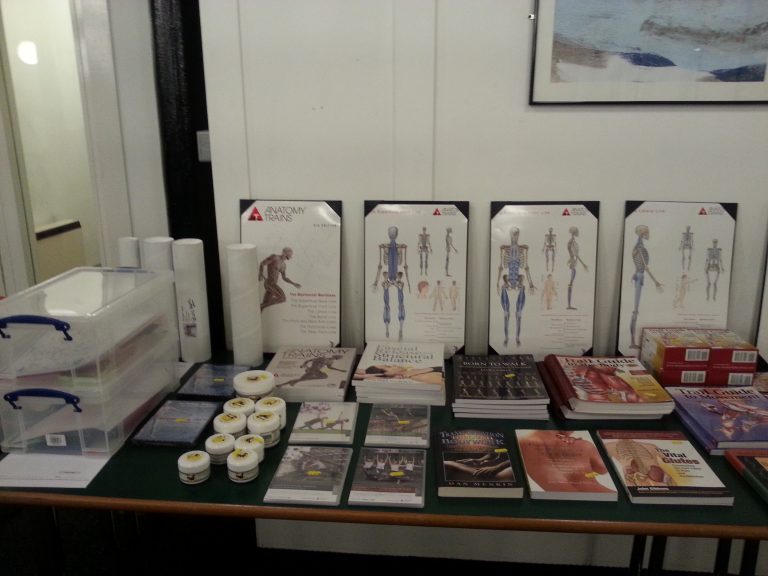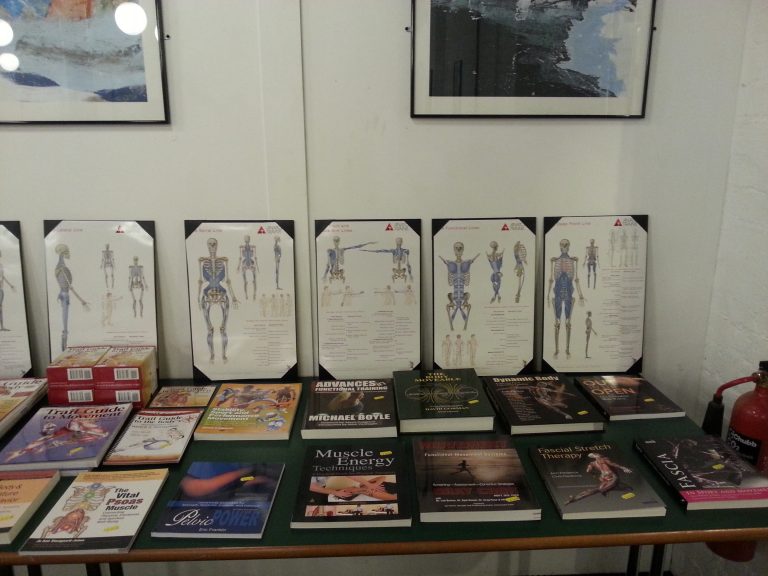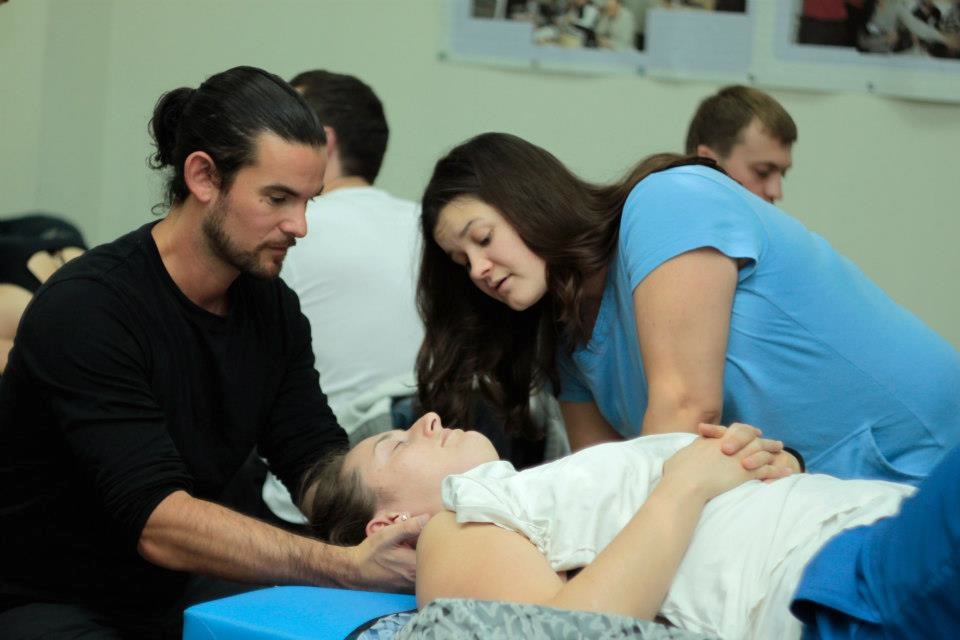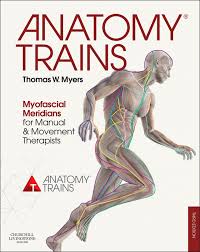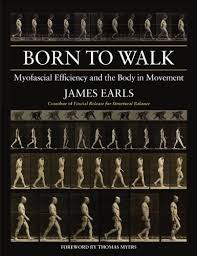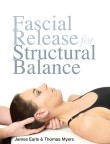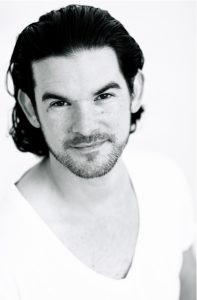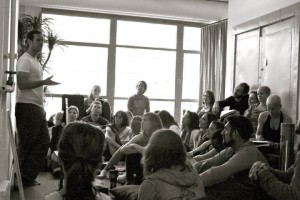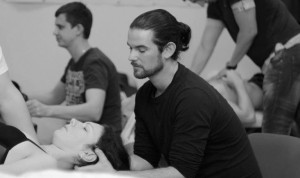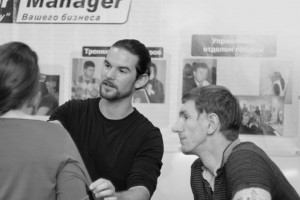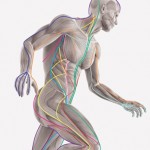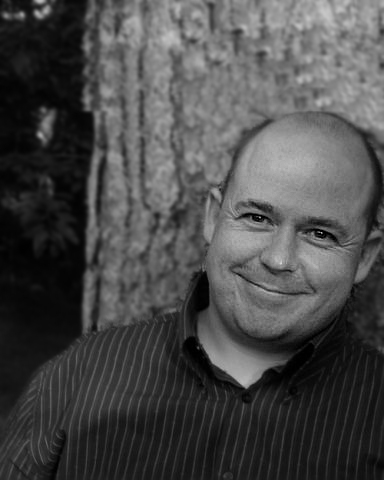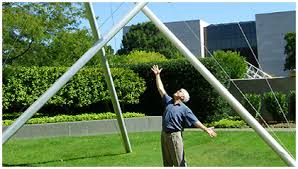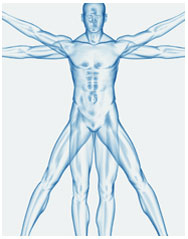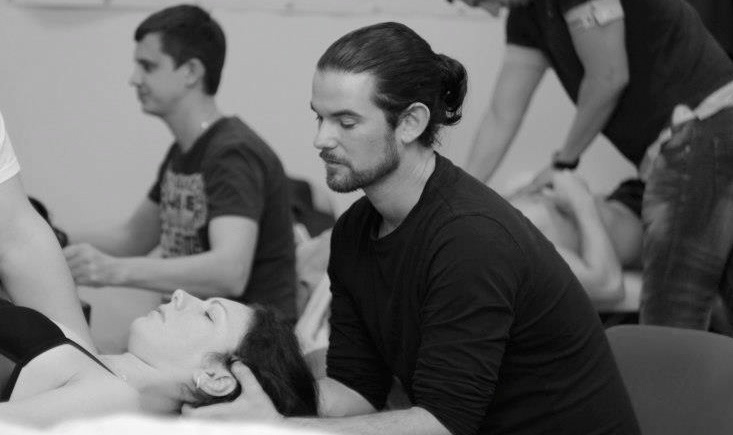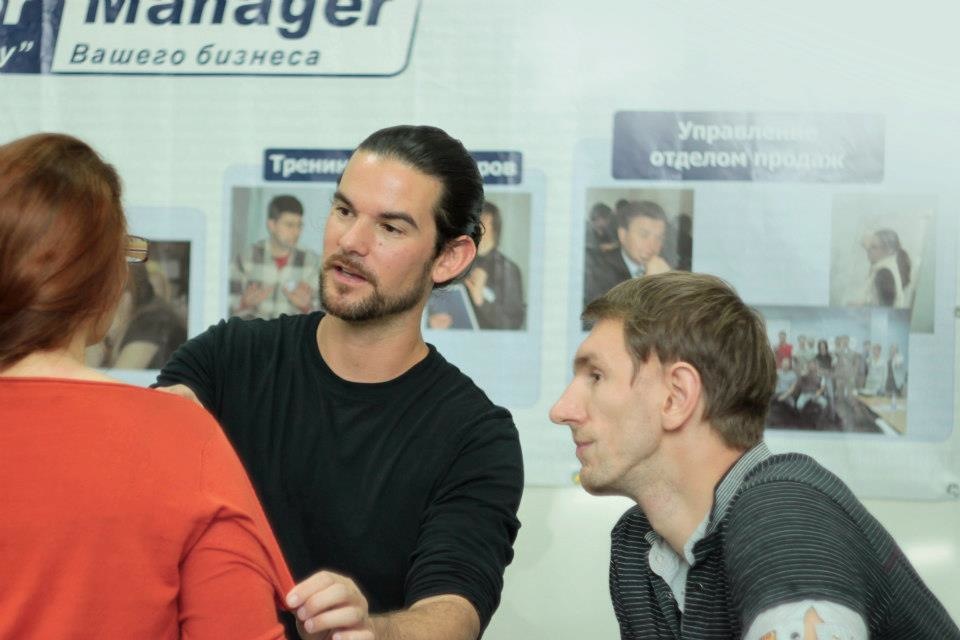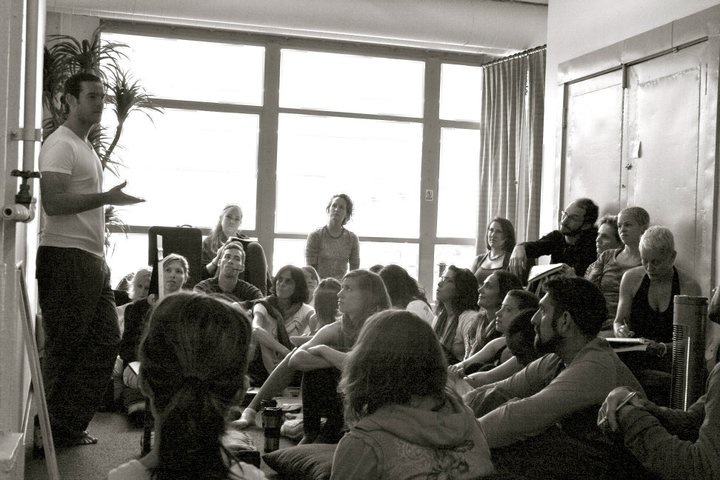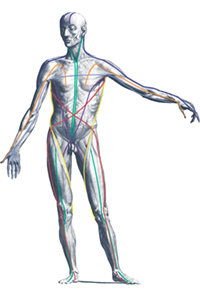
Anatomy Trains in Structure & Function (formerly ATI & ATII)
This workshop will be running.
** One last place remaining **
| Teacher |
Michael Watson |
| Dates |
Thursday 20th – Sunday 23rd July 2017 |
| Times |
9am – 5.30pm (Registration on Day 1 of the workshop is 8.30am – 9am) |
| Course Fees |
£635 |
| Venue |
The Jewellery Quarter Conference Centre |
| |
Federation House, 10 Vyse Street, Birmingham, West Midlands B18 6LT |
| See intro Video |
https://www.youtube.com/watch?v=oSa6KbosJS0 |
| Booking details |
Contact Pauline Miller – CPD Co-ordinator |
| Email: pauline@simplyholistictherapies.co.uk, or Mobile: 07805092328 |
| Printable Course Overview – AT IN STRUCTURE & FUNCTION – BIRMINGHAM UK 2017 |
“Having a functional understanding of the body requires extra depth to our anatomy. We need to fully appreciate the interactions between the various tissues in the body – nerve, bone, muscle and fascia (to name a few) – and how they interweave to create efficiencies for transfer and distribution of forces.
In our newly designed workshop, ‘Anatomy Trains in Structure and Function’, we will start you on an exciting journey. It will be a journey toward seeing the body as a moving, interactive, contextual whole. ” James Earls
In this exciting new and more comprehensive format you will learn about the myofascial tissue and its many roles in the body. Participants will see the fascial tissues in context and how they are interdependent with the other body systems. From there we begin to see how the body incorporates the Anatomy Train Lines to create easy and graceful movement – provided they are in some form of balance and harmony; restriction or weakness in one can have many knock effects.
This is the first workshop to combine Anatomy Trains theory alongside structural and functional anatomy and analysis, blending together the concepts of tensegrity with elastic recoil for movement efficiency. We will address differential diagnosis to help identify for motor control or soft tissue restrictions and where they may be coming from.
This is an exciting and fun workshop delivered with clarity and with your practice in mind – you will have useful and usable skills by the end of the four days.
In the first 2-day section of this workshop we will introduce you to the first four main lines – Superficial Front and Back, Lateral and Spiral. For each of the lines we will teach you a range of movement assessments and learn the basics of Fascial Release Technique.
The second section will cover the remaining Anatomy Train lines (Deep Front Line, Arm and Functional Lines) and allow deeper exploration of the main concepts behind the whole system – structural and functional analysis and refining fascial touch skills.
Research will be referenced showing the roles of fascia in the body, making this an up to date and highly effective skill-building workshop. This will include a synthesis of Robert Schleip’s work on how we can affect the fascia through stimulating different mechanoreceptors. Further, we will draw from the approaches of many other top researchers and practitioners from across the worlds of fascial manipulation and functional anatomy.
Learn to see and correct the myofascial patterns of the body. By gradually building BodyReading skills you will learn to interpret movement and postural patterns. We all want to have a 3-dimensional vision of the body and this workshop is the first step towards establishing those skills for your self.
Strategies – we will teach you to reliably connect with the fascial tissues, the many ways in which you can mobilise them and, most importantly, the reasons why you would do it and when. A range of powerful techniques will be presented in the context of their structural and functional influences making this a unique workshop that will lead you to the deeper skills explored through the rest of the series.
Learn the full system – Following from the Anatomy Trains workshop we offer a Structural Bodywork and Structural Integration training. The next step on both paths is the FRSB series of workshops which will give you the latest research information and put it in a useable context, making sure that we can be maximally effective in our application of fascial release. The world of myofascial anatomy is quickly expanding and we aim to keep you up to date if not ahead of the curve.
OBJECTIVES
Review of the AT lines in static posture and introduce functional movement assessment.
Builds on the skills and knowledge of Anatomy Trains by developing Fascial Touch skills
BodyReading areas in detail, making you ready to explore the body through the FRSB series
Learn to utilise the power of the DASIE model
Movement analysis will be utilised to further aid the vision of the fascial layers gliding and the roles of the ‘locals’ and expresses’.
We will add the concepts of ‘cylinders’ to the BodyReading and use it to look at the trunk in particular
To give more familiarity to the use of Bend, Tilt, Shift, Rotate and how they relate to the body positioning along with developing Fascial Touch Skills.
To relate the BodyReading to Fascial Release principles of assisted and resisted releases, movement of planes of tissue, separation/differentiation of planes, relaxation of tension and using Schleip’s mechanoreceptor model to communicate different intents.
To relate global and local tensegrity – expresses vs locals – AT lines vs single muscles, and to understand the necessity of balancing locally as well as the overall posture.
LEARNING ENVIRONMENT:
Illustrated lecture
Open inquiry atmosphere; questions encouraged; high degree of vitality and humour
Participants will exchange palpation and practice BodyReading (visual assessment) on one another under supervised analysis of instructor and assistants.
WHO IS THIS WORKSHOP FOR:
Anatomy Trains is the perfect introduction to myofascial anatomy for any manual therapist. It is also the first essential step along the path to training in Structural Integration with the Anatomy Trains protocol.
Whilst primarily aimed at manual therapists, many movement therapists have also attended the workshop. Functional movement assessments are included within the class alongside standing and table based manual therapy. It therefore gives a range of skills and a new vocabulary to practitioners of various disciplines. The manual therapy and BodyReading elements require some degree of disrobing which is done discreetly and no-one is forced to any level beyond their comfort.
Touch skills are a major focus of the workshop. While they might not be a normal part of the movement therapist’s repertoire we do encourage full participation as they also give palpation skills and understanding. These are skills that can further assist visual assessment and movement prescription.
This workshop is the foundation for all our workshops and must be completed to move onto the Fascial Release for Structural Balance Series (FRSB).
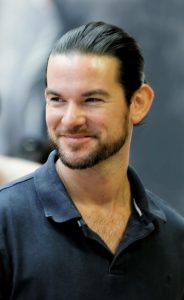
Michael Watson
Michael Watson’s journey of self-discovery has led him around the world, teaching and sharing his passion for anatomy and alternative modalities of exercise and therapy.
Beyond yoga, Pilates and KMI teaching certifications,! Michael leads advanced training programs, retreats and clinics worldwide. He has worked with athletes with disabilities at the Paralympic level of training and continues to develop ideas that bring an integrated approach to health, movement and wellness. As a certified teacher of Yoga, Pilates, functional anatomy and with a degree in Sports science, Michael brings an in depth awareness to his clients based on a strong understanding of anatomy, the body and its function.
A proud father of 3 home birthed children, Michael is also a natural birth advocate and works progressively in his home base of Bermuda alongside his wife in bringing awareness to birth and reforming birth options for women.
To contact Michael or get more information regarding Mindful Integration events please email : info@mindfulintegration.com.
Experience
PILATES INSTRUCTOR/TEACHER TRAINER 1998 – to PRESENT
Michael began his Pilates career studying in the classical style of Romana Krysanowska in NYC. The need to ‘move to heal’ was clearly an important step for Michael as he branched away from his formal training in physiology and sports related training into the realm of integrative or holistic movement. This was later enhanced through studying with Bob Liekens of Power Pilates as well as influences from Ron Fletcher., Michelle Larson & Eve Gentry. Michael’s basic philosophy “Improve Movement, Improve life.”
YOGA FACILITATOR/TEACHER TRAINER 1997 – PRESENT
Captivated by the process of inner inquiry, yoga has always provided an important place of self study for Michael. Its this gift he wishes to pass on to his students. Michael’s Yoga journey began at the age of 17. Through expert guidance and deep introspection from many teachers in the UK and USA, Michael has found a unique approach of blending modern ideas into a historically traditional practice. His passion for anatomy and the spirit of the human body are his motivation.
KMI STRUCTURAL INTEGRATION PRACTITIONER 2007 – PRESENT
In progressing from one modality to the next, Structural Integration was the natural path to take. Having found that movement and manual therapies both have their place in bringing about healing, KMI offered an opportunity to combine these concepts in a profound and powerful way. Michael continues to see and apply principles of movement in the structural integration realm as well as principles of SI into the movement world.
ANATOMY TRAINS FACILITATOR 2012
Certified into the ranks of Kinesis, Michael is looking forward to sharing the vast body of knowledge that has so heavily influenced his own work. Anatomy trains has proven invaluable in learning to see, touch and move the body.
For course booking details contact Pauline Miller – CPD Co-ordinator
Email: pauline@simplyholistictherapies.co.uk, or Mobile: 07805092328


